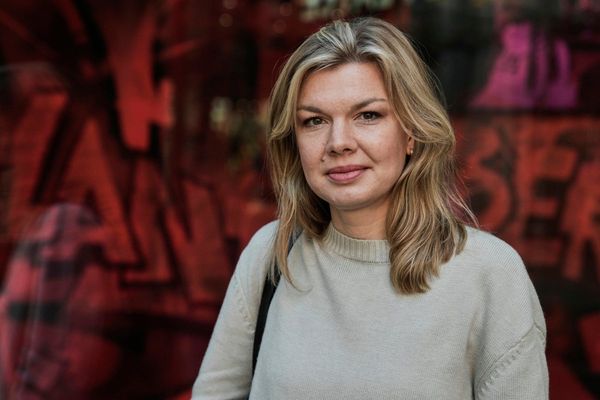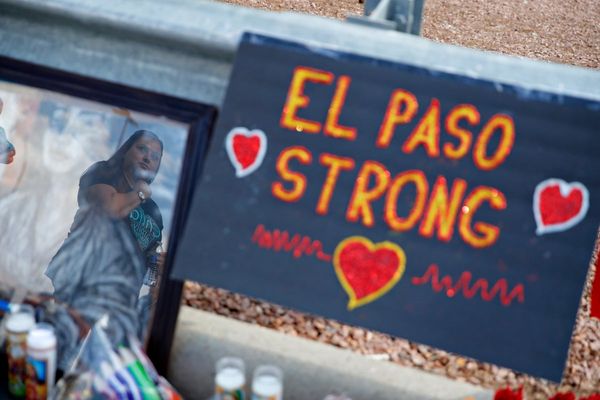
By Luke Hunt
Efforts by Cambodian Prime Minister Hun Sen to bring Myanmar back into the Association of Southeast Asian Nations have cemented a split within the trade group between mainland authoritarian governments and democratic maritime powers, analysts said.
They said those differences could overshadow the Foreign Ministers Retreat in Siem Reap this week, when the 10 ASEAN members are expected to thrash out their differences and set an agenda for the year ahead. Cambodia holds the rotating chair position in ASEAN.
Issues ranging from the disputed South China Sea to the Quad – a Western alliance intended to restrain Chinese expansionism – top the agenda, alongside post-pandemic economic recovery, admitting East Timor into the group, and ending the post-coup violence in Myanmar.
But analysts said existing divisions that erupted with the ethnic cleansing and alleged genocide by Myanmar’s military against the Muslim Rohingya in 2017 had widened since the February 1, 2021, coup and had become obvious since Hun Sen’s trip to Naypyidaw.
“The differences around Myanmar is very real and you can see the countries with military leaderships like Thailand, Cambodia, Laos working with Myanmar directly or indirectly,” said Charles Santiago from the group ASEAN Parliamentarians for Human Rights.
“Other countries like Malaysia, Singapore, Indonesia, as well as Philippines, are in a different group all together. The second group seems to be exerting pressure on the first,” he said.
Troika
Mainland Southeast Asia is predominantly Buddhist and controlled or heavily influenced by the military, while the Malay peninsula and the thousands of islands stretching across Indonesia and the Philippines are largely democratic and Islamic or Christian.
Analysts said a troika had emerged made up of Indonesia, Malaysia, and Brunei, which share religious sympathies with the Muslim Rohingya and have opposed bringing the Myanmar junta into ASEAN after it was banned from attending its summits in response to the coup.
“There is a divide, I think it’s a troika, if you will, but it’s clear from all the meetings since the coup,” said Carl Thayer, emeritus professor at Australia's University of New South Wales.

He said Cambodia and Thailand would prefer to ignore the Rohingya and the coup which ousted Aung San Suu Kyi and bring Myanmar back. It was banned when Brunei was chair.
“The Rohingyas? That’s somebody else’s problem,” Thayer said of those nations.
“But for the other countries there is that dimension about the Rohingyas but also about ASEAN’s response to it, and the damage that Myanmar is causing to its reputation.”
ASEAN was formed in 1967 initially as a bulwark against communism amid the Vietnam War but has since evolved into a trading bloc. Over the decades, its policy of non-interference in the internal affairs of neighbors had enabled it to put forth a public show of solidarity.
The first chinks in that armor occurred in 2012 under the chairmanship of Cambodia, an emerging ally of China. That year it failed to issue its traditional end-of-year leaders’ statement critical of Beijing’s maritime claims in the South China Sea.
Differences remain, with ASEAN unable to conclude a long-sought Code of Conduct for settling disputes on the high seas. Analysts say the effort has been stifled by Beijing, fostering divisions that have now widened on religious and cultural grounds over Myanmar.
Hun Sen’s critics argued his visit to Myanmar last month served to legitimize a regime responsible for the deaths of about 1,500 people over the past year. But his supporters justified his visit as a means of pushing forward the Five-Point Consensus on finding a solution to the crisis as agreed to by ASEAN.
He left Myanmar with an extension to a cease-fire and promises to allow humanitarian aid and open negotiations with all political parties. He then extended an invitation to junta leader Gen. Aung Min Hlaing to attend the ASEAN leaders’ summit in October.
But since then, the cease-fire is in tatters amid the reported massacre of 10 ethnic Chin villagers, prompting more than 1,000 people to flee into India, with further reports that about 40,000 people in Karenni state were displaced by airstrikes.
“ASEAN is in the middle. They are going to be condemned for what they do and don’t do. These divisions in ASEAN will make it more difficult for Cambodia but then Cambodia is making it difficult for the rest of ASEAN,” Thayer said.
He said Hun Sen’s meeting with Gen. Hlaing was “not good branding for ASEAN,” when leaders were focused on securing an economic recovery once the Covid-19 pandemic is over.
“It undermined the ASEAN position I think because he got nothing in return and Myanmar has undertaken further acts of repression and piling it on (Myanmar’s former leader) Aung San Suu Kyi, with more prison terms,” he said. “That’s intractable. Who can read the Tatmadaw (military leadership)?"
Those sentiments were echoed by Santiago who added, “Two significant developments took place in the last one month.”
“One is the cowboy diplomacy by Prime Minister Hun Sen, which backfired and then subsequently there was an acknowledgment – even from Hun Sen himself – that his diplomacy has not resulted in any positive outcome.”
Hun Sen had also announced that he had partially secured the release of an economic advisor to Suu Kyi – the Australian professor Sean Turnell – but apologized when that did not happen. He has also since said a resolution to the crisis in Myanmar was unlikely this year.
As a result, Cambodia followed Brunei’s lead, announcing Myanmar would not be allowed to send a political representative to the Foreign Ministers Retreat but a non-political figure would be allowed.
“You’ve essentially got three military regimes in a row across northern Southeast Asia, stretching from the Indian border to China,” said Gavin Greenwood, director of Hong Kong-based A2 Global Risk.
“The division doesn’t surprise me between, if you like, Malay, Islamic, Muslim support and against Buddhists in the north – in Burma, Thailand, and Cambodia. All Buddhist countries,” he added.
But he said other factors had contributed to the split in a region already divided by faith, ethnicity, and wealth, issues which are not unlike those experienced by members of the North American Free Trade Agreement or the European Union.
“The Muslim aspect, which again has been growing since about 2017, is natural,” Greenwood said. With elections coming up in Indonesia and Malaysia, he added, politicians in those countries are mindful that “generally speaking, Muslim solidarity, it plays well to obviously the home crowd.”
The News Lens has been authorized to publish this article from Voice of America.
READ NEXT: Lithuania’s Minimum Wage Is More Adequate for Its Cost of Living Than Taiwan’s
TNL Editor: Bryan Chou (@thenewslensintl)
If you enjoyed this article and want to receive more story updates in your news feed, please be sure to follow our Facebook.







